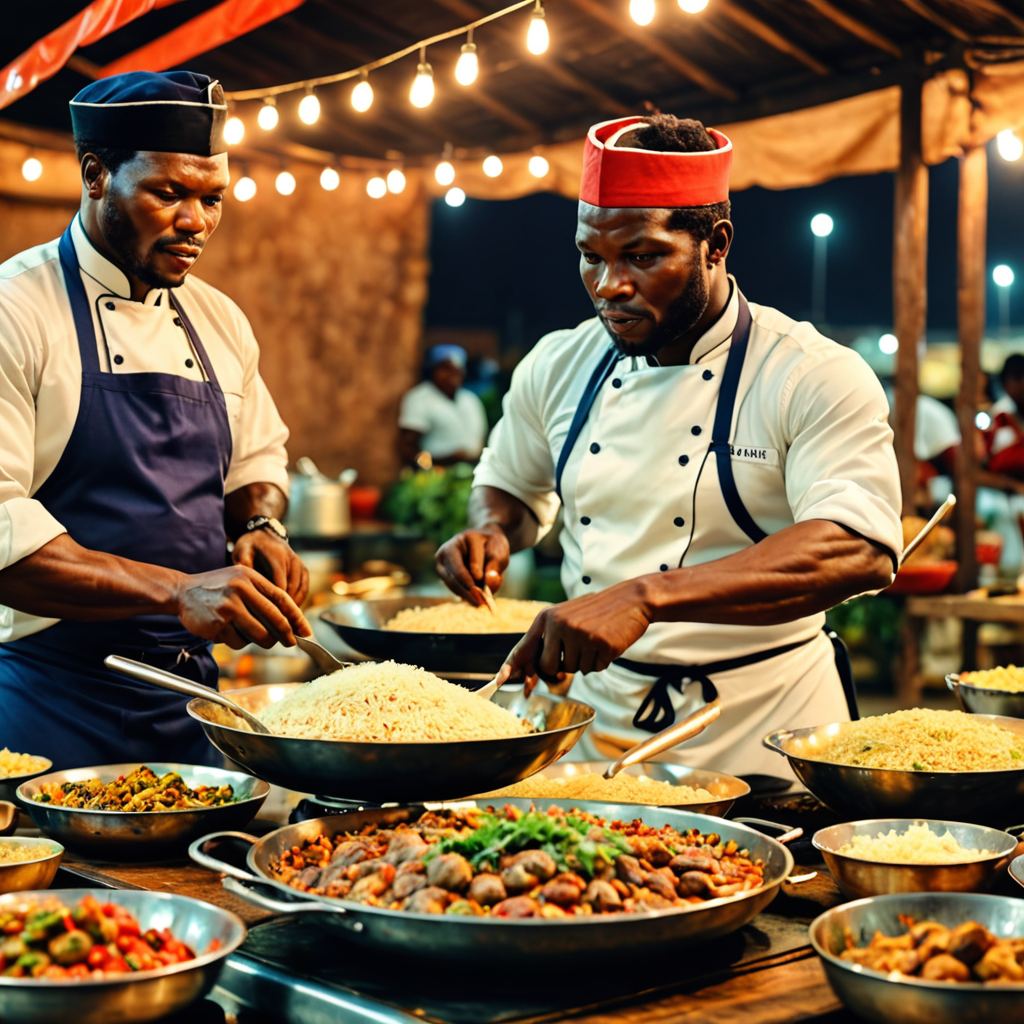
Angola’s Traditional Culinary Techniques
Angola, a country rich in culture and history, boasts a diverse culinary tradition that reflects its heritage. The traditional culinary techniques used in Angola are a beautiful blend of indigenous methods and influences from Portuguese and African cuisines.
The Influence of Portuguese Colonization
Portuguese colonization has left a lasting impact on Angolan cuisine. Techniques such as marinating, grilling, and stewing have been integrated into traditional Angolan cooking. The use of spices like garlic, onions, and bay leaves is prevalent in many Angolan dishes.
Indigenous Cooking Methods
Indigenous Angolan tribes have their unique cooking techniques that have been passed down through generations. Methods like smoking meat, sun-drying fish, and using palm oil in cooking are common practices in traditional Angolan households.
Essential Ingredients in Angolan Cuisine
Angolan cuisine relies heavily on staple ingredients such as cassava, plantains, yams, and peanuts. These ingredients form the base of many traditional dishes like funje (cassava porridge) and moamba de galinha (chicken stew with palm oil).
Traditional Cooking Utensils
In rural Angola, traditional cooking utensils like clay pots, wooden mortars, and pestles are still widely used. These utensils not only add authentic flavor to the dishes but also play a significant role in preserving Angolan culinary heritage.
Harvesting and Gathering Techniques
Many traditional Angolan dishes incorporate ingredients that are grown or harvested locally. Techniques such as foraging for wild herbs, fishing in rivers, and cultivating crops like maize and sorghum are integral to the authentic flavors of Angolan cuisine.
Celebratory Food Preparation
During festivals and special occasions, Angolans showcase their culinary skills through elaborate food preparations. Traditional dishes like muamba (a spicy stew) and kababas (grilled meat skewers) are often served to mark these festive moments.
Preserving Traditions for Future Generations
As Angola evolves, efforts are being made to preserve traditional culinary techniques and recipes. Cooking workshops, cultural events, and the passing down of knowledge within families play crucial roles in ensuring that Angola’s rich culinary heritage endures for generations to come.
FAQs About Angola’s Traditional Culinary Techniques
What are some staple ingredients used in Angola’s traditional cuisine?
Angola’s traditional cuisine often features staple ingredients such as cassava, maize, rice, beans, and various types of meats including fish, chicken, and beef.
How are traditional Angolan dishes typically prepared?
Traditional Angolan dishes are usually prepared using a variety of cooking methods such as grilling, stewing, boiling, and frying. Spices, herbs, and palm oil are commonly used to enhance the flavors of the dishes.
What are some popular traditional dishes in Angola?
Popular traditional dishes in Angola include Muamba de Galinha (chicken stew with palm oil), Funge (cassava porridge), Calulu (stew with vegetables and fish), and Feijoada (a bean stew with meats).
Are there any unique cooking techniques specific to Angolan cuisine?
Angolan cuisine is known for its use of marinating meats in a mixture of garlic, onions, and spices before cooking. Additionally, the use of palm oil in many dishes adds a distinct flavor to Angolan cuisine.
How has Angolan culinary tradition been influenced by other cultures?
Angolan culinary tradition has been influenced by Portuguese, Brazilian, and indigenous African cooking techniques and ingredients. This fusion of cultures has contributed to the diverse


